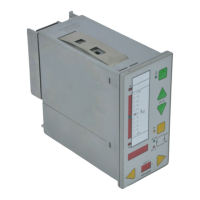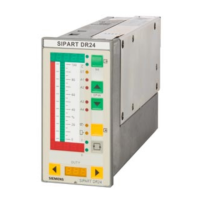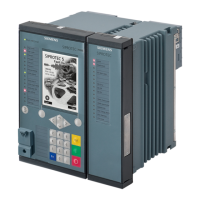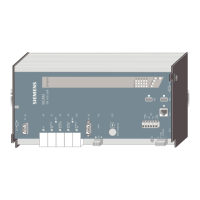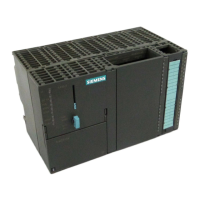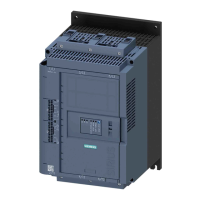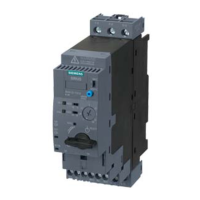2 Technical Description
2.3 Features
Manual
SIPART DR21
C73000-B7476-C143-08
21
D Digital inputs
T wo digital inputs, potential-bound
It can be upgraded to four or seven potential-bound digital inputs with signal converters.
The digital inputs can be assigned to the following controller-internal switching signals.
bLb Blocking operation
Blocking the entire instrument operation and configuring.
Exception: Switching the w/x-digital display
bLS Blocking structuring
With this signal the controller only allows switching to the
online-parameterization levels outside process operation. In this way the
parameters for adapting the instrument to the process and the necessary
settings for adaptation can be selected. Structuring is blocked.
bLPS Blocking parameterization and structuring
The entire configuring of the instrument is blocked, this means the
parameterization as well. Only the normal process operation according to the
preselected controller type is permitted.
CB Computer-standby
Depending on the controller type, this digital signal together with the
Internal/External key causes either switching in the setpoint range. In
DDC-controllers, DDC-operation begins.
He Manual external
This signal blocks the output of the controller and enables direct manual
adjustment of the manipulated variable on the front control panel.
N Tracking
With this signal the output of the K-controller and the three-position-step
controller with external position feedback is tracked to the tracking signal y
N
.
Si Safety operation
The output of the K-controller or the three-position-stepper controller with
external position feedback accepts the parameterized safety value. In
three-position-stepper controllers with internal position feedback, the
manipulated variable runs defined to 0 or 100 %.
P P-operation
Switching from PI (PID) to P (PD)-controller (i.e. switch off the I-part)
This function simplifies automatic start-up of control circuits.
tS
Switching off the setpoint ramp time
tSH Hold on setpoint change (setpoint ramp)
+yBL / --yBL Direction-dependent blocking of the manipulated variable
Direction-dependent limiting of the manipulated variable by external signals,
e.g. from the limit switches of the actuating drives. This limiting is effective in
every operating mode.
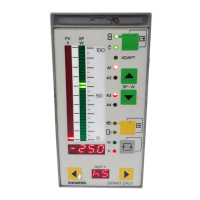
